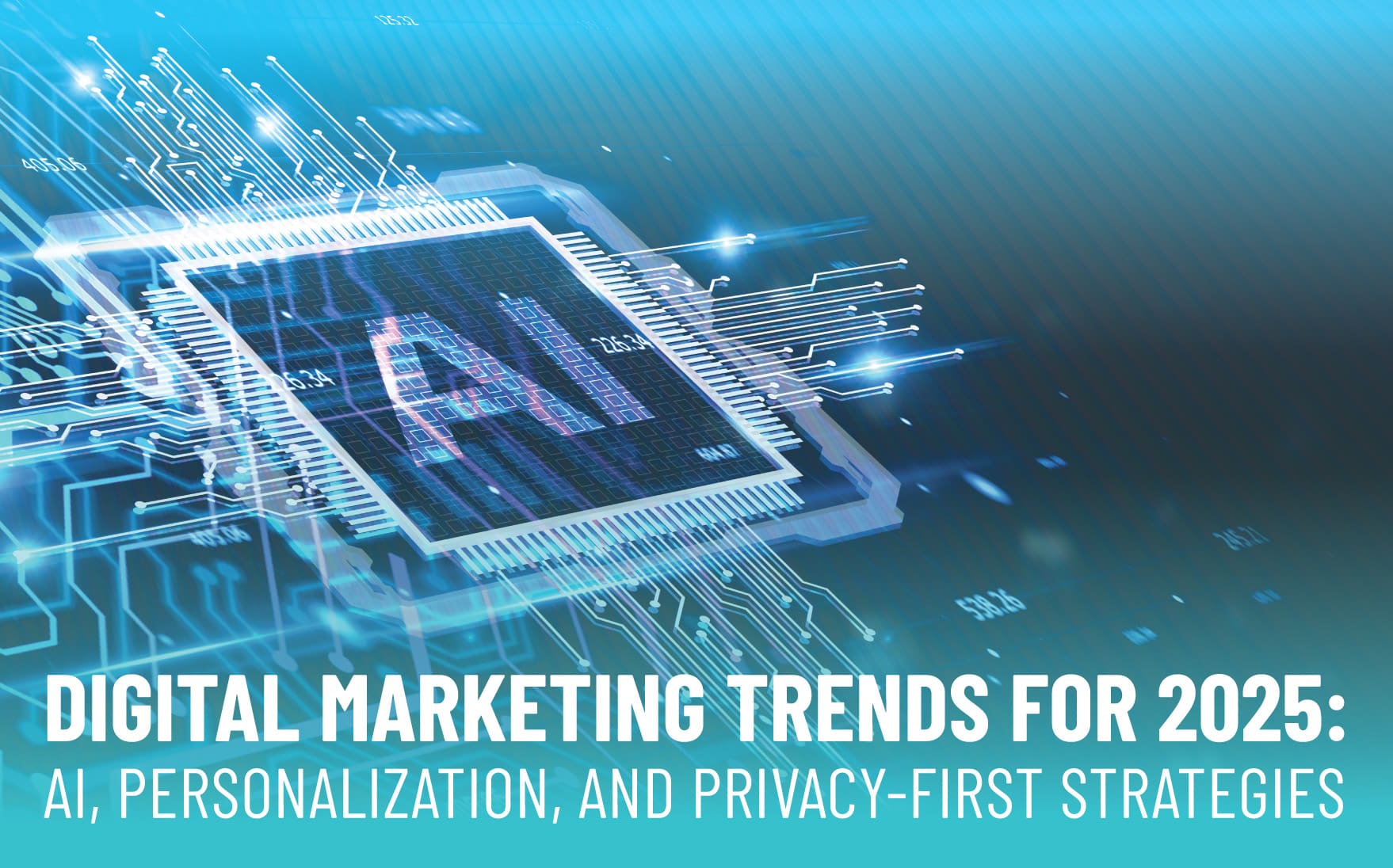In the fast-paced world of digital marketing, a year can change everything. As we transition from 2024 into 2025, marketers are once again adjusting their strategies to keep up with shifting technologies, consumer behaviors, and algorithm updates. This yearly comparison highlights the significant changes between 2024 and 2025, offering a detailed look at what worked, what didn’t, and where we’re heading next.
1. SEO Strategy: AI Evolution and Content Authority
📌 2024 Highlights
Rise of AI-generated content tools like ChatGPT, Jasper, and Copy.ai.
Google’s Helpful Content Update emphasized human-first content.
E-E-A-T (Experience, Expertise, Authoritativeness, Trustworthiness) dominated ranking factors.
📌 2025 Update
Google launched Search Generative Experience (SGE) with integrated AI snapshots.
SEO tools like SurferSEO and Semrush now focus on topic clusters and content depth more than ever.
AI content must now pass AI detection thresholds for AdSense approval.
SEO Tip: Use AI as a drafting tool, but always edit for tone, accuracy, and expertise. Include expert quotes and original insights to meet E-E-A-T guidelines.
2. Paid Ads: CPC Inflation & Creative Trends
📌 2024 Trends
High ROI from short-form video ads, especially on Instagram Reels and YouTube Shorts.
Facebook and Google ads remained dominant but expensive.
Performance Max campaigns gained popularity for automation.
📌 2025 Outlook
Cost-per-click (CPC) rose by 18% industry-wide.
AI-powered ads (like Meta Advantage+) saw higher adoption rates.
UGC (User Generated Content) became the top-converting ad format.
AdSense Note: Ensure your blog layout has clearly distinguishable ads, limited pop-ups, and avoids deceptive placements to stay compliant.
3. Content Formats: From Blog Posts to Interactive Experiences
📌 What Worked in 2024
Long-form blog posts (1500+ words) remained a top performer for SEO.
Email newsletters saw increased open rates with personalization.
Podcasts grew, but discoverability was limited.
📌 What’s Trending in 2025
Interactive content (quizzes, polls, calculators) boosts dwell time and engagement.
AI-powered personalization tailors blog suggestions and sidebars based on user behavior.
Podcast SEO has matured with transcriptions and dedicated landing pages.
WordPress Tip: Use plugins like Elementor for interactive elements, and Rank Math for schema and SEO optimization.
4. Social Media Shifts: Platform Winners and Losers
📌 2024 Winners
TikTok for Gen Z and product discovery.
LinkedIn for B2B and personal branding.
Pinterest re-emerged for e-commerce.
📌 2025 Changes
TikTok introduced AI filters and shopping integrations.
X (formerly Twitter) monetization changes led to reduced organic reach.
Threads by Meta gained momentum with 150M+ monthly users.
Cross-Post Strategy: Share blog content in carousel or reel format across platforms for wider reach and traffic.
5. Analytics and Privacy: Zero-Party Data Takes Over
📌 2024 Milestones
GA4 replaced Universal Analytics.
Cookie deprecation began, pushing first-party data strategies.
📌 2025 Action Items
Focus on zero-party data: information users willingly share.
Consent-based tracking is now a default requirement for analytics tools.
Email lists, polls, and account logins are more valuable than ever.
Privacy Tip: Use cookie consent banners (e.g., CookieYes plugin for WordPress) to stay GDPR and CCPA compliant.
Conclusion: Prepare for 2026 Now
The changes from 2024 to 2025 prove that adaptability is the greatest asset in digital marketing. From SEO strategies to content formats, staying current means more visibility, more revenue, and less guesswork. Take these trends into account as you build your content calendars, ad budgets, and user journeys in 2025—and start thinking ahead to what 2026 might bring.



